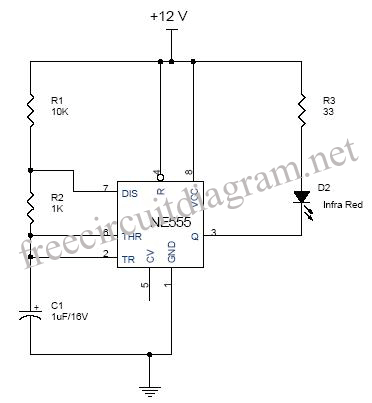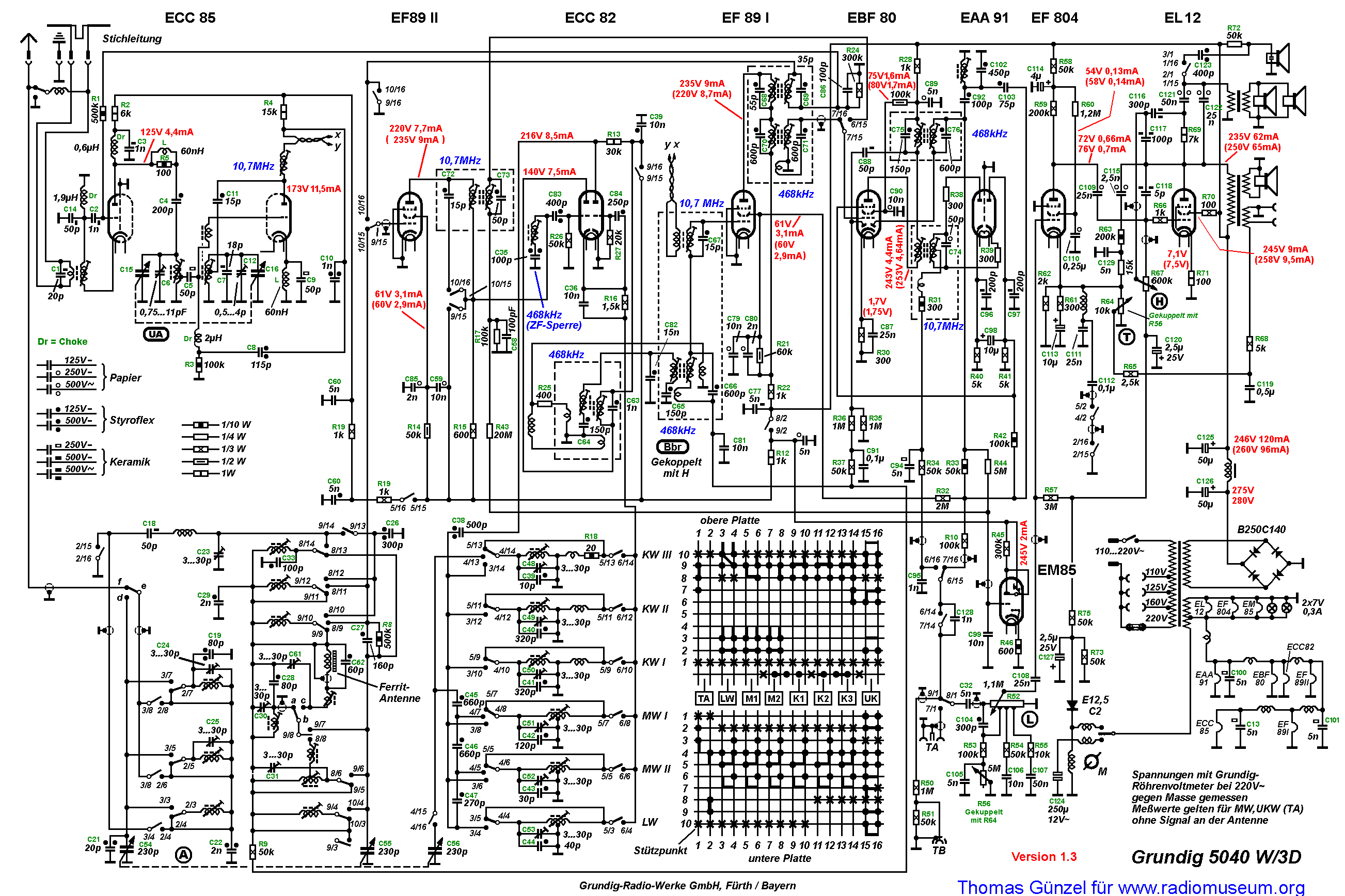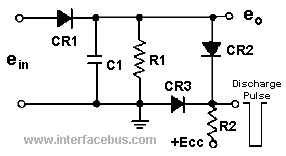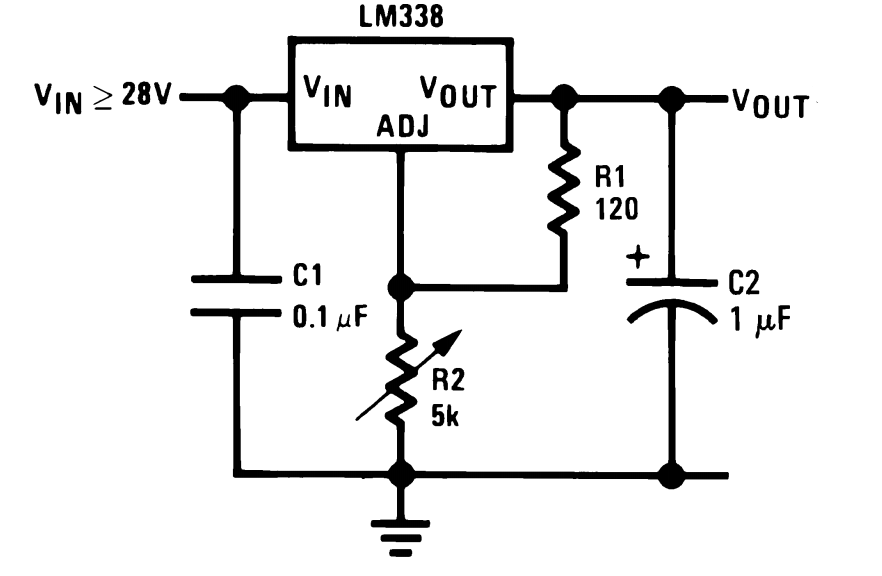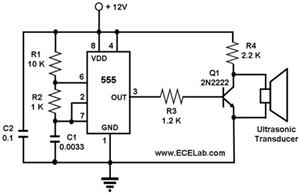
audio processor circuit using ic ssm2045
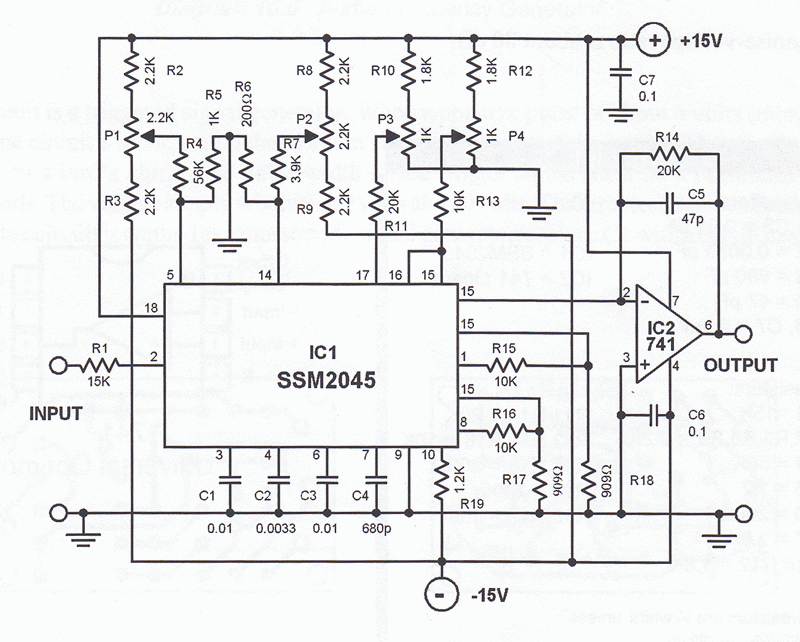
This audio processor circuit features the SSM2045 integrated circuit (IC), designed specifically for electronic music applications, along with the 741 operational amplifier (op-amp) IC. The circuit is configured as a low-pass filter with a DC voltage control for gain. The input signal is adjusted to a working level of 150 mV peak-to-peak (mVpp) through resistor R1. The filter provides two buffered outputs: a 2-pole output at pin 1 and a 4-pole output at pin 8. Internally, these outputs are connected to two voltage-controlled amplifiers (VCAs). Resistors R15 and R16 are connected to these outputs to optimize offset and control voltage suppression. Potentiometer P4 serves as the volume control. The current flowing to pins 15 and 16 must not exceed a maximum of 250 µA. The balance of the two VCAs and the entire filter is controlled by a voltage range of -250 mV to +250 mV at pin 14, which can be adjusted using potentiometer P2. The circuit can accommodate input source impedances up to a maximum of 200 ohms. At an input level of 0 dBm, the VCA reduces the signal by 6 dB. The bias current required at pin 17 ranges between 120 µA and 185 µA. The cutoff frequency can be adjusted between 20 Hz and 20 kHz with a variable voltage applied to pin 5, which can be controlled via potentiometer P1. Capacitor values are selected to provide the filter with Butterworth characteristics. The output current from the SSM2045 IC is converted to a voltage output by the 741 op-amp. Any subsequent circuit must be DC decoupled from the second IC. The noise-to-voltage ratio is approximately 80 dB.
The audio processor circuit utilizes the SSM2045 IC, known for its effectiveness in electronic music applications, particularly in signal processing tasks that require precise control over audio signals. The integration of the 741 op-amp enhances the circuit's ability to convert current output into a usable voltage signal, making it suitable for further audio processing stages.
The low-pass filter configuration is essential for eliminating high-frequency noise and ensuring a smooth audio output. The selection of a 2-pole output at pin 1 and a 4-pole output at pin 8 allows for versatility in output options, catering to different audio processing needs. The use of VCAs facilitates dynamic control over the audio signal, enabling adjustments to gain and balance in real-time, which is critical in live performance settings.
Resistors R15 and R16 play a crucial role in maintaining signal integrity by minimizing offset errors and suppressing unwanted control voltage variations. The volume control provided by potentiometer P4 allows for user-friendly adjustments to the output level, enhancing the overall usability of the circuit.
The specified input level of 150 mVpp and the ability to handle source impedances up to 200 ohms indicate that the circuit is designed to interface with typical audio sources, ensuring compatibility with a wide range of equipment. The VCA's response to a 0 dBm input level, resulting in a 6 dB attenuation, reflects the circuit's design considerations for managing audio dynamics.
The adjustable cutoff frequency, ranging from 20 Hz to 20 kHz, is a significant feature that allows users to tailor the filter's response to suit specific audio requirements. The Butterworth characteristics of the filter are achieved through careful selection of capacitor values, ensuring a flat frequency response within the passband.
The necessity for DC decoupling from the second IC emphasizes the importance of preventing DC offsets from affecting subsequent stages in the audio processing chain. The noise-to-voltage ratio of approximately 80 dB indicates a high level of signal clarity, making this audio processor circuit a valuable component in high-fidelity audio systems.This audio processor circuit features the SSM2045 IC which was developed specially for electronic music applications and the 741 opamp IC. The circuit is configured as a low pass filter with a DC voltage control for gain. The input signal is set to a working level of 150mVpp through the resistor R1. The filter has 2 buffered outputs: the 2-pole ou tput at pin 1 and 4-pole output at pin 8. Internally, the outputs are connected to 2 voltage-controlled-amplifiers (VCA). The R15 and R16 are connected to these outputs to achieve optimum offset and control voltage suppression. P4 is the volume control. The current that flows to the pins 15 and 16 should not go beyond the maximum of 250 µA. The balance of the two VCAs and the entire filter is being controlled be a voltage range of -250 mV to + 250 mV at pin 14.
This voltage can be set by P2. The input can be driven with source impedances up to a maximum of 200. With an input level of 0dBm, the VCA weakens by 6 dB. The bias current needed at pin 17 is between 120 µA and 185 µA. The cutoff frequency can be shifted between 20 Hz and 20 kHz with a variable voltage at pin 5. This can be varied through P1. The capacitor values were selected to give the filter its Butterworth characteristics. The output current of the SSM2045 IC is converted to a voltage output by the 741 opamp. Any sybsequent circuit must be DC decoupled from IC2. The noise-voltage ration is about 80 dB. 🔗 External reference
The audio processor circuit utilizes the SSM2045 IC, known for its effectiveness in electronic music applications, particularly in signal processing tasks that require precise control over audio signals. The integration of the 741 op-amp enhances the circuit's ability to convert current output into a usable voltage signal, making it suitable for further audio processing stages.
The low-pass filter configuration is essential for eliminating high-frequency noise and ensuring a smooth audio output. The selection of a 2-pole output at pin 1 and a 4-pole output at pin 8 allows for versatility in output options, catering to different audio processing needs. The use of VCAs facilitates dynamic control over the audio signal, enabling adjustments to gain and balance in real-time, which is critical in live performance settings.
Resistors R15 and R16 play a crucial role in maintaining signal integrity by minimizing offset errors and suppressing unwanted control voltage variations. The volume control provided by potentiometer P4 allows for user-friendly adjustments to the output level, enhancing the overall usability of the circuit.
The specified input level of 150 mVpp and the ability to handle source impedances up to 200 ohms indicate that the circuit is designed to interface with typical audio sources, ensuring compatibility with a wide range of equipment. The VCA's response to a 0 dBm input level, resulting in a 6 dB attenuation, reflects the circuit's design considerations for managing audio dynamics.
The adjustable cutoff frequency, ranging from 20 Hz to 20 kHz, is a significant feature that allows users to tailor the filter's response to suit specific audio requirements. The Butterworth characteristics of the filter are achieved through careful selection of capacitor values, ensuring a flat frequency response within the passband.
The necessity for DC decoupling from the second IC emphasizes the importance of preventing DC offsets from affecting subsequent stages in the audio processing chain. The noise-to-voltage ratio of approximately 80 dB indicates a high level of signal clarity, making this audio processor circuit a valuable component in high-fidelity audio systems.This audio processor circuit features the SSM2045 IC which was developed specially for electronic music applications and the 741 opamp IC. The circuit is configured as a low pass filter with a DC voltage control for gain. The input signal is set to a working level of 150mVpp through the resistor R1. The filter has 2 buffered outputs: the 2-pole ou tput at pin 1 and 4-pole output at pin 8. Internally, the outputs are connected to 2 voltage-controlled-amplifiers (VCA). The R15 and R16 are connected to these outputs to achieve optimum offset and control voltage suppression. P4 is the volume control. The current that flows to the pins 15 and 16 should not go beyond the maximum of 250 µA. The balance of the two VCAs and the entire filter is being controlled be a voltage range of -250 mV to + 250 mV at pin 14.
This voltage can be set by P2. The input can be driven with source impedances up to a maximum of 200. With an input level of 0dBm, the VCA weakens by 6 dB. The bias current needed at pin 17 is between 120 µA and 185 µA. The cutoff frequency can be shifted between 20 Hz and 20 kHz with a variable voltage at pin 5. This can be varied through P1. The capacitor values were selected to give the filter its Butterworth characteristics. The output current of the SSM2045 IC is converted to a voltage output by the 741 opamp. Any sybsequent circuit must be DC decoupled from IC2. The noise-voltage ration is about 80 dB. 🔗 External reference
